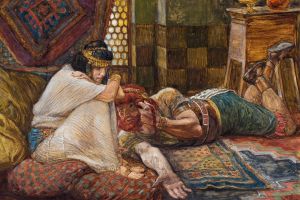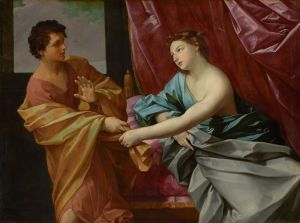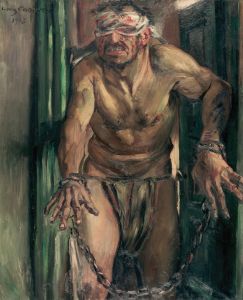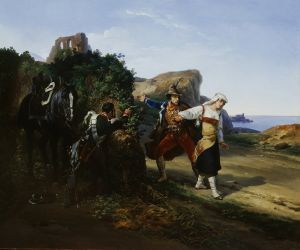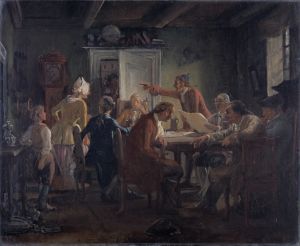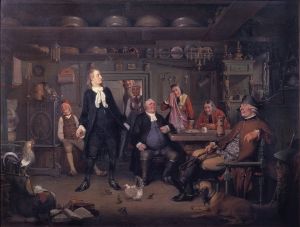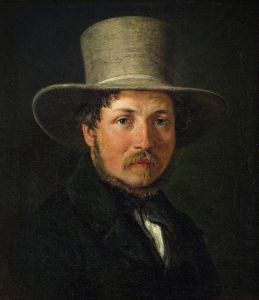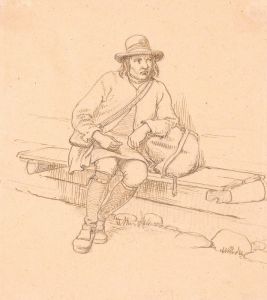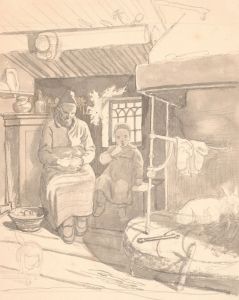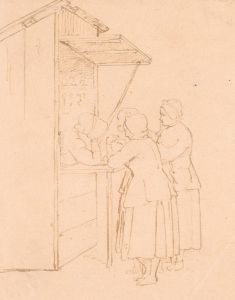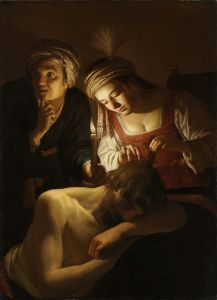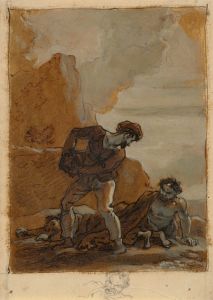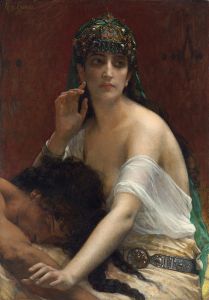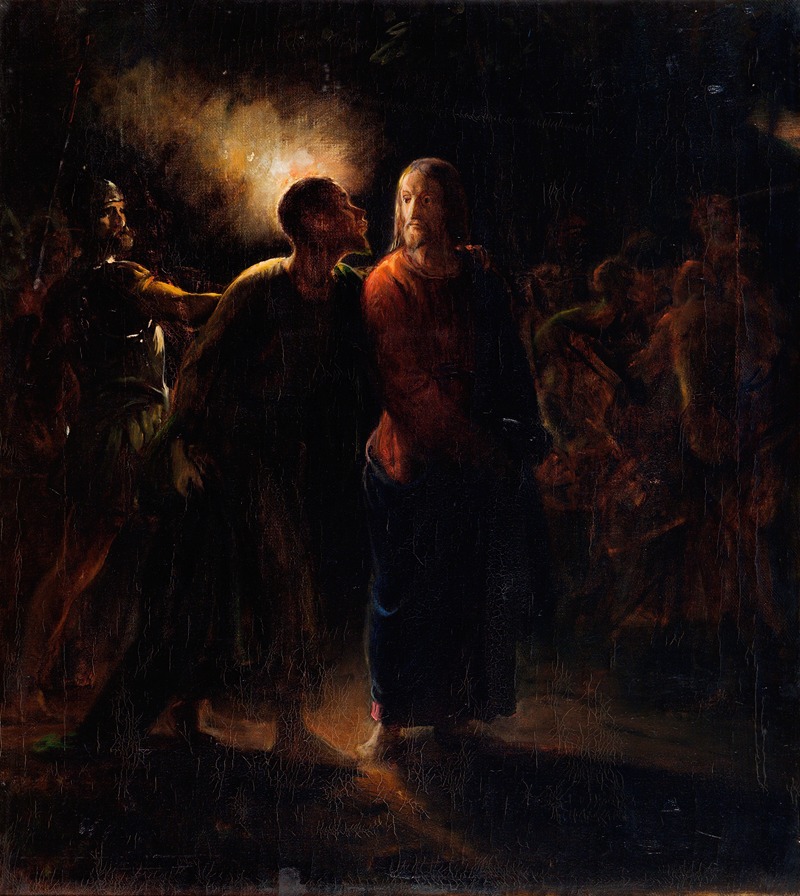
Kiss of Judas
A hand-painted replica of Wilhelm Marstrand’s masterpiece Kiss of Judas, meticulously crafted by professional artists to capture the true essence of the original. Each piece is created with museum-quality canvas and rare mineral pigments, carefully painted by experienced artists with delicate brushstrokes and rich, layered colors to perfectly recreate the texture of the original artwork. Unlike machine-printed reproductions, this hand-painted version brings the painting to life, infused with the artist’s emotions and skill in every stroke. Whether for personal collection or home decoration, it instantly elevates the artistic atmosphere of any space.
Wilhelm Marstrand (1810–1873) was a Danish painter and illustrator, known for his contributions to the Danish Golden Age of art. Among his works, Kiss of Judas is a notable painting that depicts the biblical scene of Judas Iscariot betraying Jesus Christ with a kiss, as described in the New Testament. This moment, which occurs in the Garden of Gethsemane, is a pivotal event in Christian theology, marking the beginning of Jesus' Passion.
The painting showcases Marstrand's skill in dramatic composition and emotional expression. In Kiss of Judas, he captures the tension and betrayal of the moment with vivid detail and dynamic contrasts. The scene is populated with figures, including Jesus, Judas, and the soldiers who have come to arrest Jesus. Marstrand's use of light and shadow enhances the dramatic atmosphere, drawing attention to the central figures and their emotional states. The work reflects Marstrand's ability to convey complex narratives through his art, a hallmark of his career.
Marstrand was deeply influenced by his travels in Italy, where he studied Renaissance and Baroque art. These influences are evident in his approach to religious and historical themes, as well as in his mastery of composition and color. While Kiss of Judas is not as widely recognized as some of his other works, it remains an example of his talent for interpreting biblical stories with both artistic skill and emotional depth.
The exact date of the painting's creation is not widely documented, but it is consistent with Marstrand's broader body of work, which often explored themes from literature, history, and religion. The painting is considered part of his legacy as one of Denmark's most prominent artists of the 19th century.
Further details about the painting's current location or ownership are not readily available in public records. However, Marstrand's works are held in several Danish museums, including the National Gallery of Denmark (Statens Museum for Kunst), which houses many pieces from the Danish Golden Age.
This painting exemplifies Marstrand's contribution to religious art and his ability to bring biblical narratives to life through his distinctive style.





